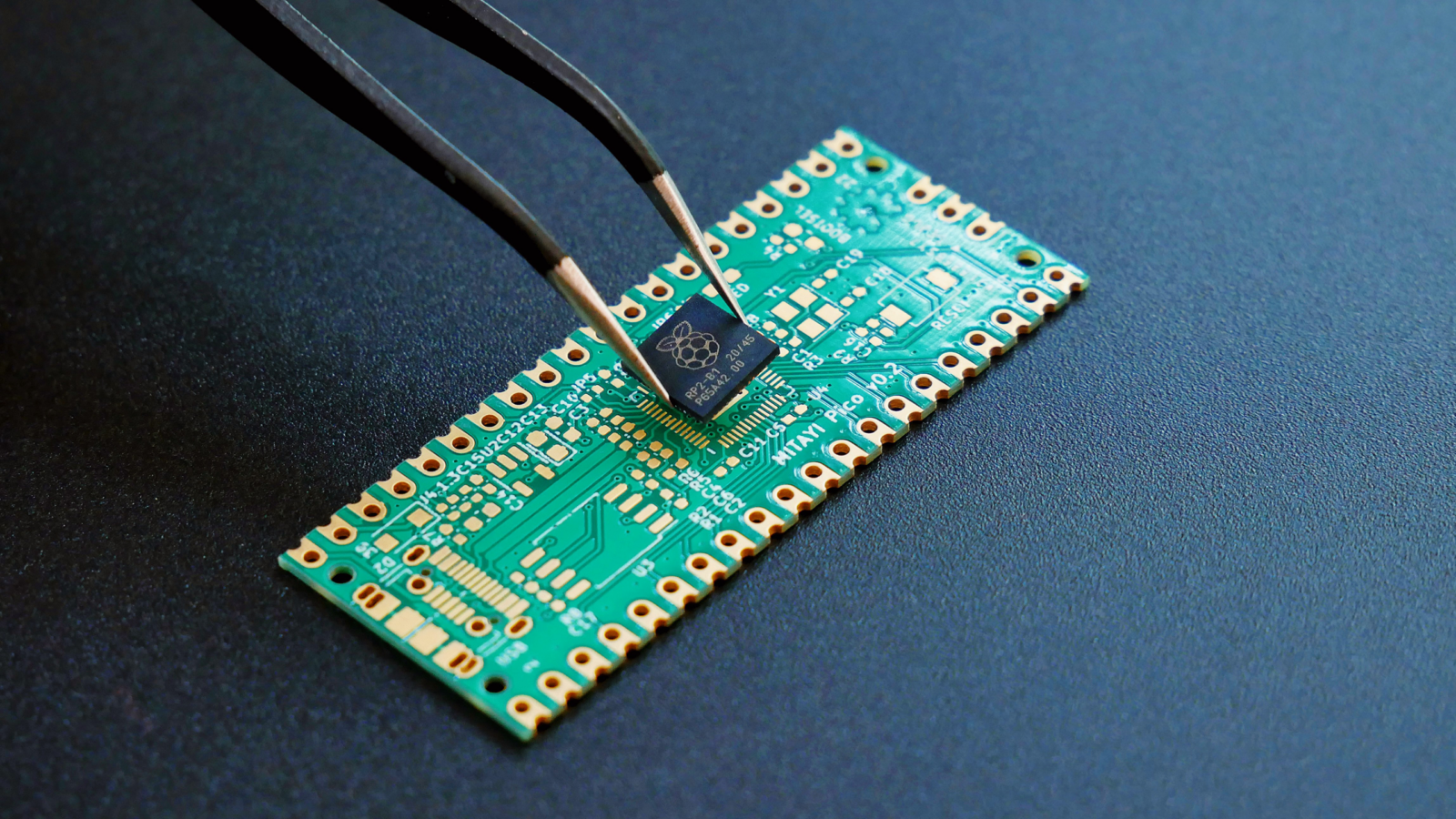Good morning.
America acquired expensive taste during the pandemic.
As we all broke out of lockdown with our houses full of stuff because we couldn’t buy anything else, the pent-up demand from missed travel and events drove an economic turnaround for experiences, not things. Those financial-caution-to-the-wind days are over, so we want our upscale on a budget. CNBC noted the recent rise in day passes at hotels and resorts that provide access to amenities without having to reserve a room. A company called ResortPass controls most of the market, partnering with more than 1,300 luxury hotels. We can’t see much of a problem until your cabana neighbor finds out you paid a quarter of what they did to order the same frozen daiquiri.
For Better or Worse, The Stock Market is All About These 10 Stocks
To say the S&P 500 Index is top-heavy would be a vast understatement.
The top 10 companies have reached a weight not seen since the 1970s, with their market capitalization accounting for about one-third of the entire index. Kudos to them for such fantastic gains, but there could be a downside to this much concentration.
Cultivating Mass
The 10 relevant stocks are: Microsoft, Apple, Nvidia, Amazon, Meta, two classes of Alphabet, Berkshire Hathaway, Broadcom, and Eli Lilly. That’s it, that’s the list. And besides their market-cap contribution, those 10 are responsible for more than 25% of the index’s earnings.
The House of Zuckerberg saw its revenue jump 27% year-over-year in the first quarter to $36.5 billion. Eli Lilly recently raised its 2024 guidance by $2 billion due to selling one of the most popular weight-loss drugs on the market. And Nvidia continues to break the matrix after reporting first-quarter revenue that more than tripled from a year earlier. Sure, maybe Apple hasn’t had the best 2024 so far with iPhone sales down and earnings taking a dip in the first quarter, but its stock is still up 4.9% in the last three months, just slightly behind the broader S&P 500.
But like we said, there might be a catch:
- Most of the top 10 stocks are focused on developing — touting — their leadership in all things AI. And it didn’t take long for everyone else to get into the act: 179 companies in the S&P 500 referenced “AI” during their earnings calls for last year’s fourth quarter. Do we really think there are going to be 179 AI winners?
- Historically, when market concentrations have surged it hasn’t spelled great fortune for the top 10 stocks. A study earlier this year by Hartford Funds showed that when market concentration in the top 10 stocks has risen to 30% or above (remember, we’re at 33%), the bottom 490 have historically outperformed 95% of the time over the next five years. In addition, a rise in concentration and valuation has often preceded a stretch of heightened volatility and larger drawdowns for the largest stocks.
It’s Fine: But maybe we’re overthinking it. The S&P 500’s concentration is modest compared with other countries’ indices. On France’s CAC 40 or Italy’s FTSE-MIB, the top 10 stocks account for 60% and 73% of the index market caps, respectively. Plus, today’s top 10 might be a stronger breed, with “higher profit margins and returns on equity” than the weightiest companies during the mid-’70s and before the dot-com bubble, Goldman Sachs’ Ben Snider wrote in an analysis. So maybe we can all sit back and let the AI titans cook a little longer.
The Future of Finance is Coming
Make sure you are ready for it by attending Plaid Effects, a virtual conference hosted by Plaid.
Whether you are a developer, early-stage founder, or executive at a global enterprise — the future of finance will shape the future of your work. The only question is how.
During Plaid Effects, some of the biggest names in finance will unveil the strategies and products they are using to scale their businesses. A few of the leaders that you’ll hear from:
- Emilie Choi, President and Chief Operating Officer of Coinbase
- Libor Michalek, President of Affirm
- Les Whiting, Chief Financial Services Officer at H&R Block
Join the conference and get hands-on advice from some of the most successful operators in finance with tactical solutions for customer onboarding, payments, underwriting, and more.
If winning more customers, preventing fraud, and accelerating growth are in your remit, you’ll want to register for Plaid Effects.
Big Tech’s Fascination with Large Language Models May Be Overkill
AI models are like babies: constant growth spurts make them fussier and needier.
As the AI race continues to heat up, frontrunners like OpenAI, Google, and Microsoft are throwing billions at massive foundational AI models comprising hundreds of billions of parameters. But they may be starting to lose the plot.
Size Matters
Big Tech firms are continuously trying to make AI models, well, bigger. OpenAI just announced GPT-4o, a massive multimodal model that “can reason across audio, vision, and text in real time.” Meanwhile, Meta and Google both introduced new and improved LLM while Microsoft readies its own, called MAI-1.
And these companies are sparing no expense. Microsoft’s capital spending jumped to $14 billion in its recent quarter – a number it expects only to increase. Meta warned that its expenses could reach $40 billion. And Google’s plans may be even more expensive: Google DeepMind CEO Demis Hassabis said it may spend more than $100 billion over time on developing AI. Many are chasing the elusive dream of artificial generative intelligence (AGI), in which an AI model can self-teach and perform tasks that it wasn’t trained for.
But such an achievement may not be possible with a mere high-powered chatbot, Nick Frosst, co-founder of AI startup Cohere, told The Daily Upside. “We don’t think AGI is achievable through (large language models) alone, and as importantly, we think it’s a distraction”:
- “The industry has lost sight of the end-user experience with the current trajectory of model development with some suggesting the next generation of models will cost billions to train,” Frosst added.
- Some AI experts agree. Yann LeCun, Meta’s AI chief and one of the godfathers of modern AI, told the Financial Times that large language models alone can’t achieve AGI, as they lack a “persistent memory,” have a “very limited understanding of logic” and cannot comprehend the physical world.
Bigger, Not Better: Aside from cost, massive AI models come with security risks and suck up tons of energy. Plus, after a certain amount of growth, research has shown that AI models can reach a point of diminishing returns. But making massive, do-it-all AI models is often easier than making smaller ones, Bob Rogers, PhD, co-founder of BeeKeeperAI and CEO of Oii.ai, told The Daily Upside. Focusing on capability rather than efficiency is “the path of least resistance,” he said. Some tech firms are already considering the benefit of going small: Google and Microsoft also launched their own small language models earlier this year – they just don’t seem to make the top of the earnings call transcripts.
China Raises $47 Billion to Stoke the Global Semiconductor Arms Race

Never mind, we’ll do it ourselves.
Over the weekend, Beijing announced a $47 billion fundraise for its so-called Big Fund that supports new companies and technologies in the country’s semiconductor industry.
Timing Is Everything
The new infusion marks the third and largest-ever investment for the fund, which was christened about 10 years ago with Chinese President Xi Jinping’s ascension to office — and specifically his plan to rejuvenate China’s manufacturing industry. While some of that plan is the standard “let’s get our manufacturing economy going again” strategy that any nation’s new leader might turn to, an extra impetus arrived in the form of an international technology trade war:
- As a stated nod to national security concerns, the Biden administration has been trying to slow China’s tech progress, preventing it from buying the most advanced chips from AI semiconductor king Nvidia as well as keeping the world’s most sophisticated chipmaking machines out of China’s hands.
- China’s DIY solution dovetails with what the West has been doing itself. As Bloomberg noted, the US and Europe have invested nearly $81 billion toward developing the newest chips. Biden’s 2022 Chips and Science Act included $39 billion in grants for US chipmakers alone.
Bank on it: Look closely and you may start to see some strain in China’s financing. The Financial Times reported that the country’s Big Fund struggled to raise capital this time around from local governments and state-owned businesses that are suffering from China’s economic malaise. So, for the first time ever the fund brought China’s six biggest state banks on board — they now have a one-third stake in the third fund. In the very immediate near term, the mood is upbeat: China’s top chipmaking stocks were all up big on Monday.
Extra Upside
- See, hear, feel: Are 4DX theaters the future of going to the movies?
- On the other hand: GDP is solid, but economic distress is on the rise across the US.
- Our latest newsletter, Financial Advisor Upside, is essential for those looking to build a successful wealth management business. Get insights to better serve clients, develop high-performing strategies, and navigate tumultuous markets. Sign up now to receive the inaugural edition this June.

